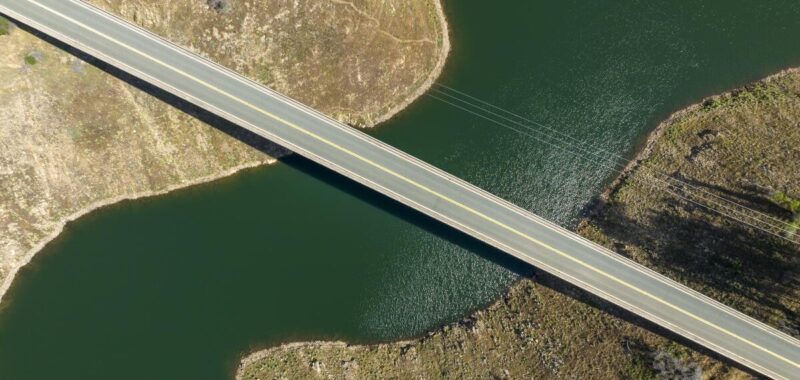
Following two wet winters that boosted California’s water supplies, Gov. Gavin Newsom has officially lifted a drought emergency declaration in 19 counties that are home to 70% of the state’s population.
The decision will roll back certain drought-related state authorities in counties including Los Angeles, San Francisco, San Diego, Orange and Riverside, among others.
At the same time, Newsom decided to keep the drought state of emergency in effect in 39 counties where state officials say significant effects of the severe 2020-22 drought have persisted, including depleted groundwater supplies and threats to native fish.
These 39 counties include regions across the Central Valley and in the watersheds of the Scott, Shasta and Klamath rivers, among other areas.
Newsom referred to this week’s extreme heat wave as he explained why his administration is retaining certain drought authorities in parts of the state.
“As this week’s weather makes clear, California and the West experience extreme weather swings that exacerbate our water challenges and make it more important than ever that we build a climate-resilient water system,” Newsom said. “This targeted action is responsive to current conditions while continuing the tools and support for work underway to help future-proof water supplies in the most impacted communities.”
State officials said Newsom’s order responds to the improved conditions in parts of the state while continuing efforts to support drought recovery. They said where certain drought measures remain in place, they will help the state address continued impacts to local water supplies.
“We continue to help local communities recover from drought conditions,” said Wade Crowfoot, California’s natural resources secretary. “In some cases, the powers that we have under these orders are quite helpful to support local communities.”
California suffered through the state’s driest three-year period on record from 2020 through 2022.
Newsom declared a statewide drought emergency in October 2021 and called for Californians to voluntarily reduce water use 15%.
The drought ended dramatically in early 2023 as one of the wettest winters on record unleashed flooding and blanketed the Sierra Nevada in heavy snow.
In March 2023, following that series of storms, Newsom rolled back some of the most stringent drought measures, including an order that had required urban suppliers to activate conservation plans for a shortage of 20%.
According to the U.S. Drought Monitor website, about 41% of the state is classified as being abnormally dry or in a moderate drought. The unusually dry regions include large portions of Northern California and the southeastern corner of the state.

